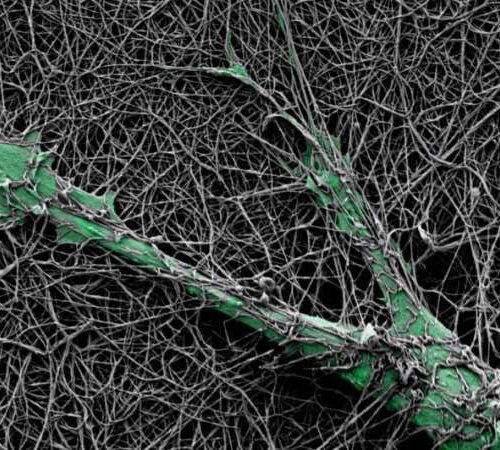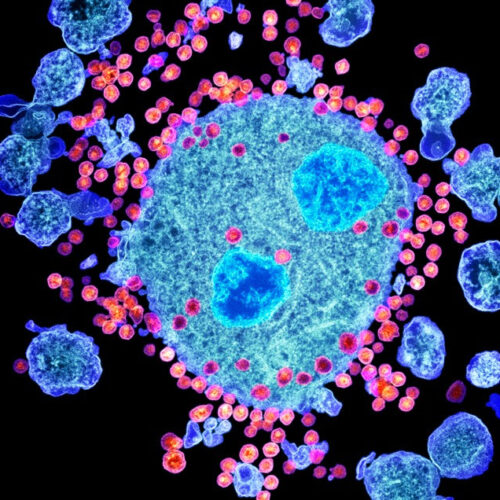by Johannes Angerer, Medical University of Vienna Waterfall plot of responses in patients evaluable for response by RANO-BM criteria in the TUXEDO-1 trial. Blue bars illustrate the radiographic change of maximum brain metastasis size after start of trastuzumab deruxtecan therapy compared to the baseline measurement. Red dotted lines denote thresholds for response and progression by...
Patients did DIY blood draws in a new vaccine stud
By Nicole Wetsman Aug 3, 2022, 4:26pm EDT Photo by PATRICK T. FALLON/AFP via Getty Images Here’s how a research study to test for antibodies might normally go: participants who sign up go to a medical office and get their blood drawn. Depending on the type of study, they might have to go back and forth multiple...
New European Guidelines ‘Drastically’ Reduce Statin Eligibility
Sue Hughes July 07, 2022 New risk thresholds used to guide statin therapy for primary prevention of atherosclerotic cardiovascular disease in the latest European guidelines dramatically reduce eligibility for statin use in low-risk countries, a new study has found. The authors report that new risk thresholds that were chosen for statin treatment in the 2021...
Dermatologists Share Vitiligo Breakthrough News With Patients
Marcia Frellick August 05, 2022 For the first time, patients with vitiligo who have long lived with patches of skin that are without pigment can now have even skin tones on their faces and other bodily regions with a US Food and Drug Administration (FDA)-approved, easy-to-use topical treatment. In July, a cream formulation of ruxolitinib (Opzelura), a...
Brain-robot therapy reroutes motor pathway in stroke patients
by Society for Neuroscience Modulation of motor imagery-related event-related desynchronization (ERD) and cortico-muscular coherence (CMC). Credit: Khademi et al., JNeurosci 2022 Brain-robot interfaces—apparatuses where brain activity controls the movements of a robotic device that supports a hand or limb—show promise in rehabilitating paralyzed stroke patients. Yet the exact way the therapy impacts the brain is unknown, making...
Review: Global pooled prevalence of tinnitus 14.4 percent
The pooled prevalence of any tinnitus is 14.4 percent, according to a review published online Aug. 8 in JAMA Neurology. Carlotta M. Jarach, from the Istituto di Ricerche Farmacologiche Mario Negri in Milan, Italy, and colleagues conducted an umbrella review followed by a traditional systematic review to provide frequency estimates of tinnitus worldwide. A total of 113 eligible...
Skin cancer cells harness nerve cell gene to drill through and invade new tissues
by Institute of Cancer Research Melanoma cell growing into a soft hydrogel. Credit: Professor Chris Bakal Melanoma skin cancer cells harness a gene usually used by growing nerves to escape from their immediate area and spread through tissues, new research has found. Scientists found that melanoma cells use the gene ARHGEF9 to create “molecular drills” that help...
Researchers refine understanding of fetal hemoglobin regulation
by Jennifer Lee, The Children’s Hospital of Philadelphia Credit: CC0 Public Domain Researchers at Children’s Hospital of Philadelphia (CHOP) have discovered a new part of the regulatory cascade responsible for silencing fetal hemoglobin in adult cells. The findings, published today in Nature Genetics, refine scientists’ understanding of the process that turns fetal hemoglobin “off” and adult...
Diabetes and cancer death risk predicted by blood protein biomarker
By Rich Haridy August 07, 2022 A new study proposes a blood biomarker could be a useful way to detect patients at risk of either developing diabetes or experiencing severe cancer outcomes Depositphotos A new study has found people with elevated blood levels of a protein called prostasin face a significantly higher risk of developing...
Long-lasting HIV prevention drug could be game changer — but who will pay?
T.V. Padma Coloured transmision electron micrograph (TEM) of HIV particles (pink) budding from the surface of a T cell (blue).Credit: NIBSC/Science Photo Library An injectable drug that protects people at high risk of HIV infection has been recommended for use by the World Health Organization (WHO). Cabotegravir (also known as CAB-LA), which is given every...








